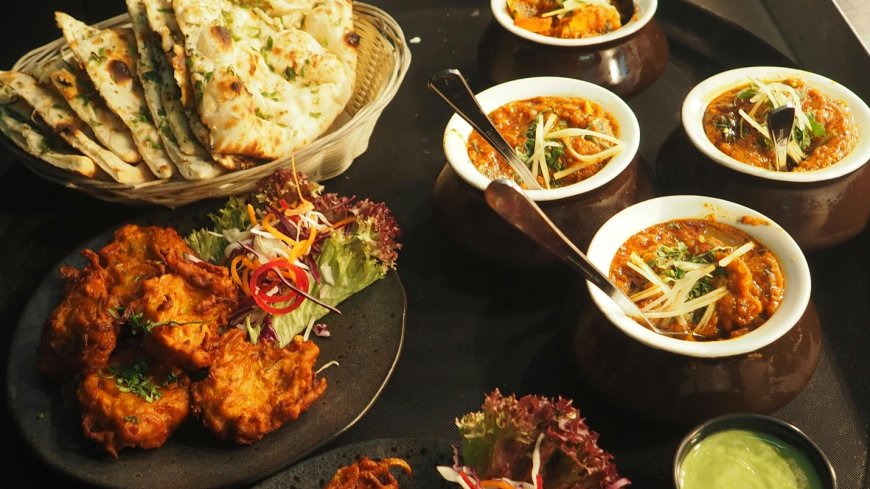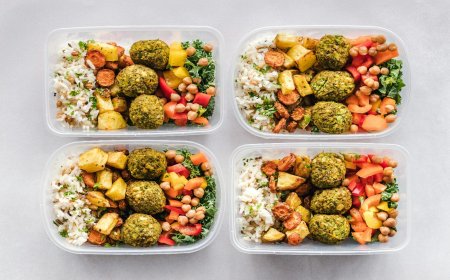How Cuisine Reflects Local Traditional Food and Culture

Sometimes when we sit down to eat, we are more than just filling our bellies. We are living in a beautiful fabric of cultural legacy spun over many centuries. The foods we enjoy, the products we use, and the methods we cook our food all reveal our background and help to define us. Let's explore how cuisine acts as a mirror reflecting local customs and identity in the amazing realm of food and culture.
The Roots of Culinary Heritage
Our lifestyles, geography, and history all help to shape our very deep culinary traditions. Every part of the globe has distinct tastes and culinary methods, molded by the terrain, temperature, and people who have spent millennia calling that area home. For example, diets heavy on seafood are common in coastal places; inland areas could rely more on wheat and cattle. These variations are evidence of the creativity of our forebears who learned to maximize their local resources, not only availability.
Consider Honduras for instance. The cuisine of this country from Central America is a vivid manifestation of its eclectic character. Honduran cuisine sometimes combines African slaves' influence with indigenous foods like maize and beans. Spanish colonists also had an impact. The outcome is a special gastronomic scene reflecting the varied people and complicated history of the nation.
Food as a Cultural Touchstone
Many of us have strong recollections and emotions connected to some dishes. The taste of a classic holiday dinner could make us feel like we belong, or the scent of a specific spice could carry us back to our grandmother's cooking. There is no accident about this emotional relationship with eating. It reflects the close entwining of our culinary customs with our cultural identity.
Food is often central in festivities and ceremonies in many countries. From the complex feasts of religious holidays to the consoling cuisine presented at family get-togethers, food helps to deepen social ties and transmit cultural values. For example, in Honduras, the kitchen is sometimes seen as the center of the house since generation after generation people carry on ancient recipes.
The Evolution of Culinary Traditions
While most of us view familiar dishes as something set and unchangeable, food cultures are always changing. People keep their cooking customs with them when they migrate and live in other countries, adjusting them to local foods and adding fresh inspirations. Exciting fusion cuisines combining tastes and techniques from throughout the world have resulted from this cultural interchange.
Think about the tale of fish and chips, a meal today deemed British. Portuguese Jews who migrated to England brought with them a recipe for battered fish that could be kept until the Sabbath, which helped to shape this popular dinner from their culinary customs. This meal evolved with the local custom of fried potatoes throughout time to produce the well-liked mix we know now.
Preserving Culinary Heritage in a Globalized World
People are realizing more and more in our linked world the value of safeguarding culinary tradition. Many communities are trying to protect their gastronomic customs as urbanization and changing lifestyles challenge conventional foodways.
From culinary museums and historical landmarks to projects supporting traditional farming methods and handcrafted food manufacturing, these efforts take many different shapes. For instance, there is a great focus on maintaining traditional foods like La Baleada, a basic but well-liked street snack that has come to represent Honduran cuisine.
Food as a Bridge Between Cultures
One of the lovely features of food is its capacity to unite people across cultural borders. A fundamental human experience is sharing a meal, thus learning and respecting several cultures might start with eating new foods.
For immigrants and diaspora groups, traditional cuisine can be a key link to their background. Not only is an Indian grandma in England teaching her British-born grandson how to create traditional dishes and passing on cooking techniques; but she also helps him establish his cultural background. Likewise, a Jamaican family living abroad may find solace and camaraderie in a nearby Caribbean restaurant, which functions as both a taste of home and a gathering spot.
The Role of Food in Cultural Identity
Food is further than mere existence, as we have seen. Reflecting our history, surroundings, and values, this fundamental aspect of who we are captures our sense of cultural identity is shaped in part by the dishes we consume, how we cook them, and the customs surrounding our meals.
For people living distant from their ancestral grounds, this link between food and identity might be especially powerful. For a student studying overseas, a basic bowl of ramen could offer a consoling taste of Japan; for a migrant, a family dish could make them feel linked to their roots even thousands of miles away.
The Continuing Story of Food and Culture
It is obvious from looking ahead that the interaction between food and culture will keep changing. While technology and globalization are altering our diets, they also present fresh chances to share and protect culinary customs.
Accepting the great variety of the cuisines around us not only satisfies our palates but also helps us to learn more about several civilizations. Every meal we eat is a chapter in the continuing narrative of human civilization, a mouthful of delectable evidence of our common humanity and the distinctive customs that define every society.
Thus, the next time you sit down to eat, pause to value the cultural legacy that a meal embodies in addition to its tastes. Whether you're savoring a centuries-old recipe or experimenting with a modern fusion meal, you are joining in the lovely, always-changing conversation between food and culture.
What's Your Reaction?
 Like
0
Like
0
 Dislike
0
Dislike
0
 Love
0
Love
0
 Funny
0
Funny
0
 Angry
0
Angry
0
 Sad
0
Sad
0
 Wow
0
Wow
0






































